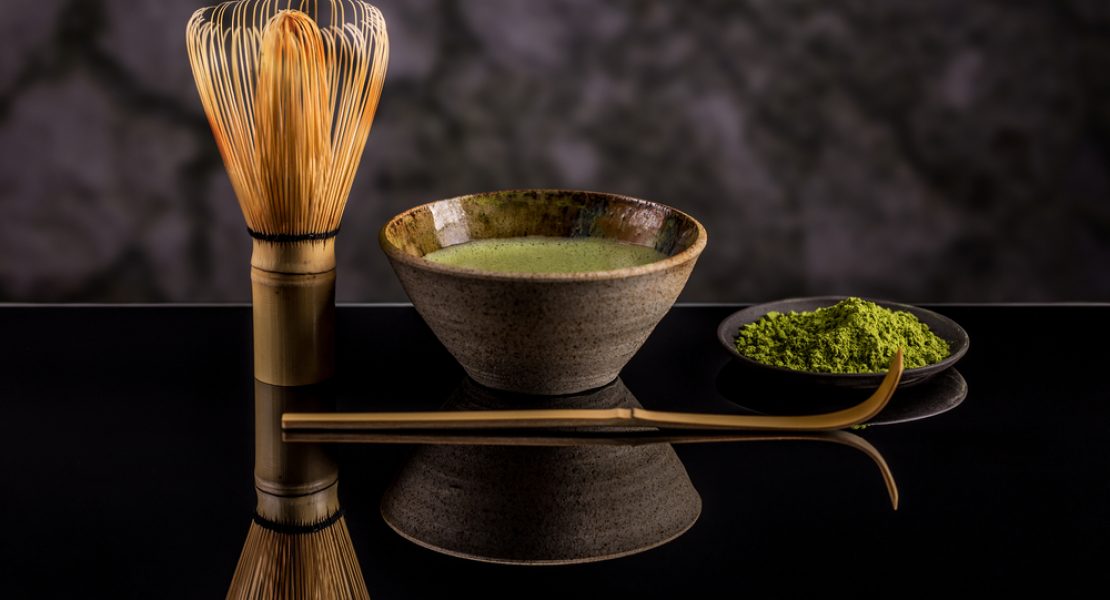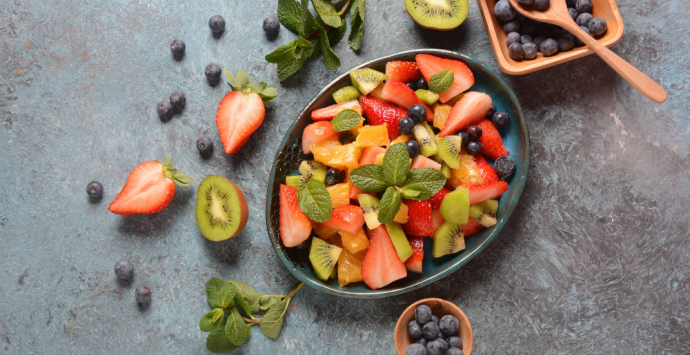
When it comes to matcha powder, I tend to go through phases with my level of appreciation. It either becomes all I want to drink as a treat or I can go months without even the thought of the vibrantly green beverage. Matcha powder is one of those things that a person can love or hate due to its unique taste and creamy texture. Matcha, in the basic sense, is intensely grounded up tea leaves, which holds up to 15 times more nutrients than normal loose leaf tea as it contains an entire ground up tea leaf, meaning there is nothing else added. The powder itself has gone global and can be used in smoothies, to bake, to make pancakes or to give almost any taste a little kick. While many choose to indulge with matcha powder for the health benefits, its massive cultural and ritualistic history is often left unrecognised.
Matcha powder originated in 1191 and was brought to Japan by the monk Eisai, which resulted in a high appreciation by Zen monasteries. It then became a part of a Japanese tea ceremony that is still practised to this day. The matcha tea ceremony can be described as a quiet ceremony that depicts aspects of elegance, harmony and peace while being a fulfilling, bonding experience for those that choose to participate. The ceremony also encompasses etiquette and grace, which are recognised as the fundamental aspects of Japanese culture. The ceremony can be held by anyone, however the host is required to use precise hand movements and choreography.
As the powder is grounded to a fine substance, specific equipment is also required in order to receive the full experience matcha has to offer. A bamboo whisk, also known as a ‘chasen’ in Japan, is used in order to prepare the matcha by whisking it until it reaches a foamy consistency as well as a designated spoon, or ‘chashaku’, which provides the optimum amount required for either the ceremony or personal use. The ceremony typically begins with guests entering a special room chosen by the host, called machiai, which is typically followed with sweets or even a three-course meal. A bowl, tea caddy and cloth are also involved in the matcha tea ceremony where each guest takes a sip from the bowl and cleans it with the cloth before passing it on to another guest. Finally, once the ceremony is complete, the guests stand to bow and then return home.

Matcha powder quality is typically categorised through grades and can be correctly identified through its colour. When it comes to matcha powder, the greener, the better and sweeter! Also, the texture of the powder can be a give away as high grade matcha powder feels silky and glides through the fingers, similar to the consistency of eyeshadow and just like anything else in life, price plays a part in the quality of matcha powder with high grade powder ranging from $25 to $30 per 30g tin.
The matcha tea ceremony is a ceremony all about purity and cleansing, so with each sip you take of your own specially brewed matcha powder, remember, matcha powder provides more than just physical detoxification, it’s a spiritual one as well.






















